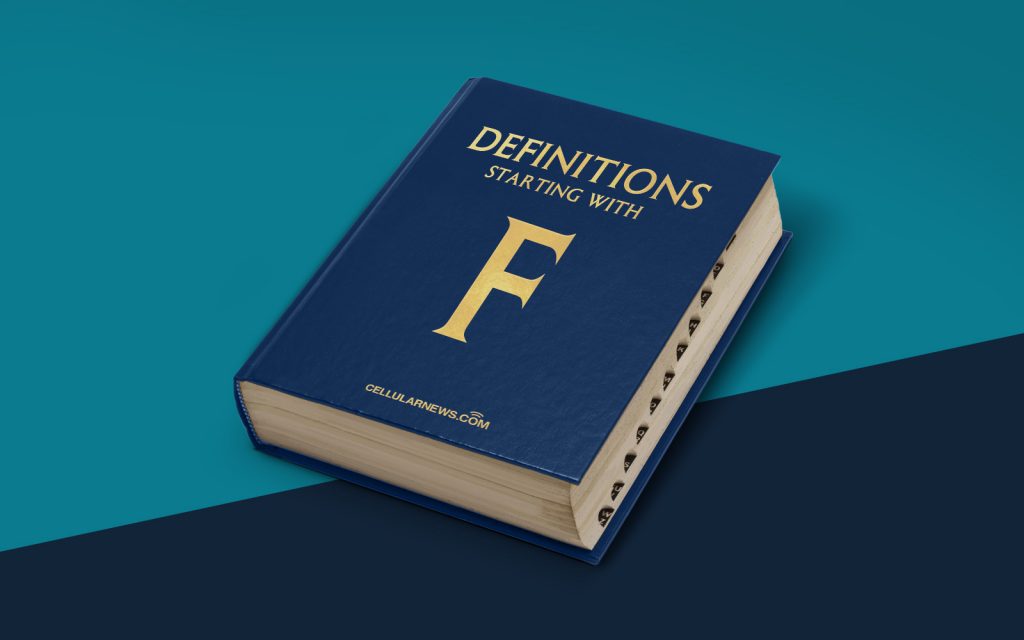
What is Fused Deposition Modeling (FDM)?
Welcome to the “Definitions” section of our blog, where we dive deeper into different terms and concepts related to the exciting world of 3D printing. Today, we’ll be exploring the fascinating process of Fused Deposition Modeling (FDM). So, if you’re curious about how FDM works and what makes it unique, you’ve come to the right place!
Key Takeaways
- FDM is an additive manufacturing process widely used in 3D printing.
- It involves the extrusion of molten material layer by layer to create a solid object.
Fused Deposition Modeling, also known as Fused Filament Fabrication (FFF), is a popular method of 3D printing that brings digital designs to life by creating physical objects layer by layer. This process falls under the category of additive manufacturing, where material is added rather than subtracted to create a three-dimensional object.
So, how does FDM actually work? Let’s break it down into a few simple steps:
Step 1: Designing the Model
The first step in the FDM process is to create or obtain a digital design for the desired object. This design is usually achieved using Computer-Aided Design (CAD) software or by downloading pre-made designs from online platforms. The design acts as a blueprint for the 3D printer to follow.
Step 2: Material Selection
Once the design is ready, it’s time to choose the right filament material for printing. FDM printers typically use thermoplastic materials, such as ABS (Acrylonitrile Butadiene Styrene) or PLA (Polylactic Acid). These materials come in the form of long, thin strands called filaments.
Step 3: Printing the Object
With the design and material in place, the 3D printer is ready to bring the object to life. The FDM printer consists of a nozzle or extruder that heats up the filament material until it becomes molten. The nozzle then moves in a controlled manner, depositing the molten material layer by layer onto a build platform. Each layer solidifies quickly, bonding with the previous layer to form a solid object.
Step 4: Post-Processing
Once the object has been fully printed, it may require some post-processing steps for the desired finish. This can include removing any support structures, sanding rough edges, or applying surface treatments to enhance the appearance or functional properties of the object.
Fused Deposition Modeling (FDM) offers several advantages, including its affordability, accessibility, and versatility. It is widely used in various industries, including prototyping, manufacturing, and even in the production of intricate objects like jewelry. With advancements in technology, FDM printers can now produce objects with impressive levels of detail and precision.
Key Takeaways:
- FDM is an additive manufacturing process widely used in 3D printing.
- It involves the extrusion of molten material layer by layer to create a solid object.
Now that you have a solid understanding of Fused Deposition Modeling (FDM), you can appreciate its impact on various industries and the endless possibilities it brings to the world of 3D printing. Stay tuned for more insightful definitions in our “Definitions” category!
